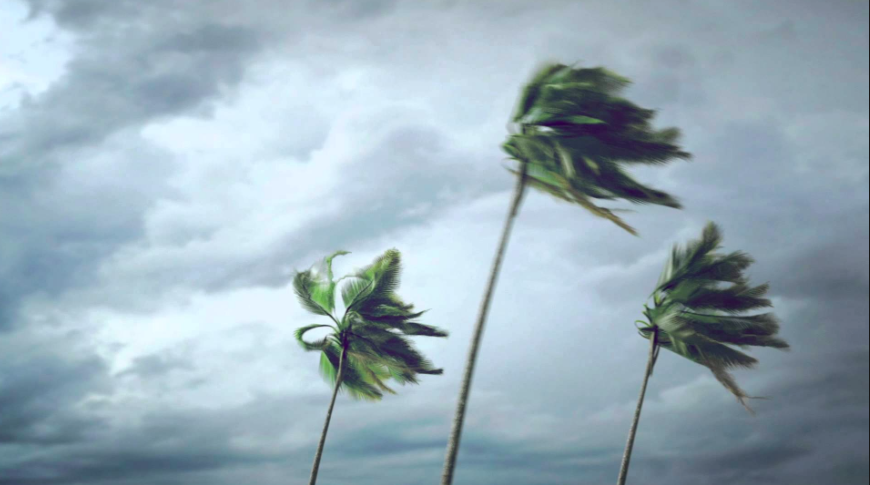Demystifying information on pregnancy, fertility,
and all the things about our ladyparrts
About me
Contact me
Vart, Queef, Vaginal Wind – same noise, different name

Topic of the day: queefing.
Almost sheepishly a patient asked: “how do I stop from queefing during yoga?”
Surprising few patients ask me about queefing. Maybe women don’t know what to ask, or who to ask, or perhaps there’s some embarrassment involved (but give me a break! I hear lots of weird stuff. Don’t be embarrassed to bring me your weird stuff too!).
So here’s the low down on queefing, for those stalling on asking an expert:
What is queefing?
It’s passage of air from the vagina, causing a sound similar to passing gas. The process: air gets trapped in the vagina. When that air is expelled, it creates a vibration of the vaginal walls that sounds like a fart.
Yes, but why does air get trapped?
Surprisingly unsurprising, queefing has not been extensively studied by medical experts and we’re not sure. We do know that it’s common: up to 20% of women report it happening at least once per week.
Why is it called queefing?
I had no idea. Here’s what I found on a quick google search, and I’m hoping that repeating it here will cement it into fact:
- queef is an old English term for “puff” (as in puff of tobacco)
- quiffing is an old term for having sex with a prostitute
Ugh. Can’t we use some other term?
Yes!
Some of the terms used in the medical literature include vaginal wind, vaginal noise, vaginal flatus, and my personal favorite, garrulitas vulvae (chattering vulva).
Slang terms are vaginal fart or vart. So very clever.
But call it what you will, it’s still the same sound.
And finally, to my patient’s question: how can I stop it from happening?
- If it happens during sex, try changing position, using more lubrication, and less in and out motion.
- If it happens during daily activities and exercises, like yoga / running / sit ups, an immediate fix is to wear a tampon.
- A more comprehensive approach that can work for some women is pelvic floor physical therapy. Patients with pelvic floor disorders, like vaginal prolapse, are more likely to queef.
- Surgery for the prolapse may solve the queefing problem, but I’m certainly not advocating for anyone to have surgery for queefing alone.
The upside?
Queefing is a sign of a well estrogenized vagina. Well estrogenized = healthy vaginal tissue. Estrogen helps maintain the elasticity and rugae (folds) of the vagina, which aids in air trapping and vibration of the vaginal walls with release of trapped air, or both. So there. I found the silver lining.
Studies: Slieker-ten Hove MC et al. Vaginal noise: prevalence, bother, and risk factors in a general female population aged 45-85. Int Urogynecol J Pelvic Floor Dysfunct 2009; 20:905-11. Miranne et al. Prevalaence and Resolution of Auditory Passage of vaginal air in women wtih pelvic floor disorders. Obstet Gynecol July 2015: 126; 1:136-43.
ADD A COMMENT
Apr 9, 2017
Original post published:
* Content reviewed annually for accuracy
Leave a Reply
Submit Form
Want to chat more? Email me directly or fill out the form below!
I cannot respond to patient inquiries (insurance, scheduling, requests for appointments) or requests for medical advice.
You can contact my office at (310) 423-1224 for more information.
If you are an existing patient, message me through your patient portal.
Do you find your problem hard for you? Infertile or Heartbroken? Are you finding it difficult looking for a reliable herbal healer to cure your sickness? I say this because I have been helped by Lord Krish Spiritual in restoring happiness into my life. My Mom had been sick with Stage 4 Melanoma Cancer which nearly took her life. I was sad because of this sickness and I didn’t know what to do to save my mother’s life. I would never have met Lord Krish if my friend had not introduced him to me by telling me about a herbalist who has helped so many people worldwide and it’s true. I contacted Lord Krish at lordkrishshrine@gmail.com and within 3 days, I received herbal medicine from him through a courier and I used it on my mom. Within a week, mom was cured and healed. I would advise anyone out there to Contact Lord Krish at lordkrishshrine@ gmail. com and meet him to help you with any sickness you are passing through